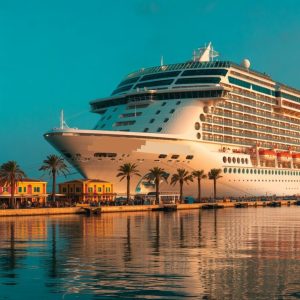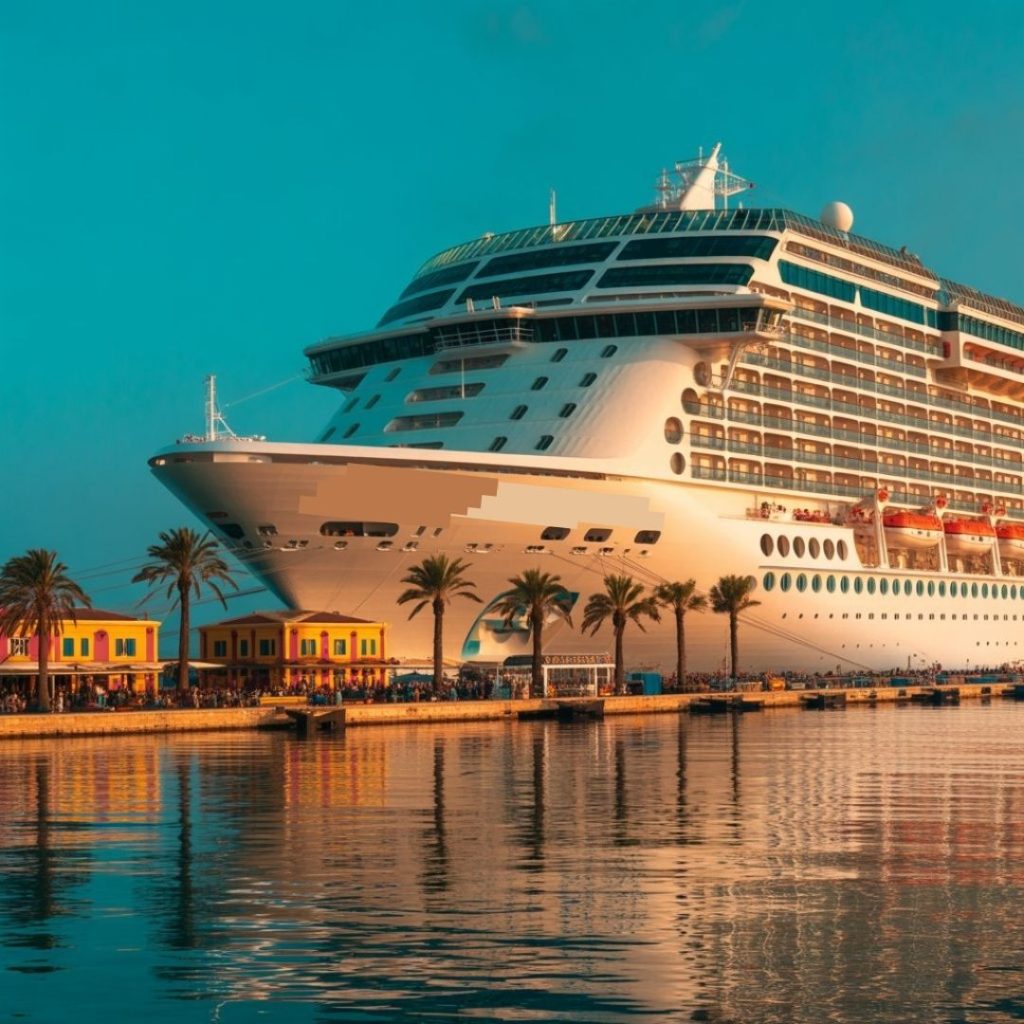Published on
August 16, 2025
Hawaii has rolled out an ambitious target to slash cruise ship visits to the islands by half come 2030, and the move is stirring strong reactions from every corner, from the state capitol to local shops. Advocates call this reduction a big step toward cleaner air and oceans, but many business owners and elected officials worry it could deal a tough blow to jobs and the economy.
The state’s Department of Transportation (DOT) is even bolder, hinting that an extra 50 percent drop in calls could land by 2035. However, the plan carves out a few key exceptions. The Pride of America, the only big ship that sails year-round out of Hawaii, is off the chopping block, and large vessels that swing by the islands as part of longer voyages will also stay afloat under the new rules.
Industry Calls for Open Dialogue on Cruise Emission Solutions
A growing coalition of Hawaii-based stakeholders, including businesses that rely on the cruise industry, has called for an open dialogue with the DOT. They argue that there are more balanced ways to reduce emissions without drastically cutting cruise calls. Denise Clark, a consultant and liaison with the cruise industry, organized a meeting on August 7 to begin formulating a response to the proposed reductions. Local business representatives, including those involved in cruise turnaround operations, expressed concerns over job losses and the long-term effects on Hawaii’s tourism sector.
Curtis Chee, the director of cruise services at MC&A, a company that connects cruise lines with shore excursion vendors, emphasized that businesses in Hawaii share the goal of reducing emissions but warned that eliminating cruise calls could harm local workers. He also highlighted potential alternatives, such as working with cruise lines to bring ships with low emissions or those capable of using shore power to Hawaii, reducing the environmental impact without sacrificing the industry’s economic contribution.
Shore Power and Other Alternatives to Cutting Cruise Calls
The concept of shore power, where cruise ships can plug into local electrical grids while docked to reduce their carbon emissions, has been suggested as a possible solution. However, Hawaii currently lacks the infrastructure to support shore power, and building this infrastructure could take time and significant investment. Additionally, local policymakers are concerned that the cruise lines may preemptively reduce their itineraries to Hawaii in anticipation of the state’s plans, which could affect tourism well before the reduction schedule begins in 2030.
The DOT has acknowledged that it is open to alternatives to a complete phase-out of cruise calls. According to Dre Kalili, a deputy director at the DOT, the department is willing to collaborate with the cruise industry if they are open to implementing emission-reduction measures, such as adopting shore power or introducing low-emission vessels. The department’s stance reflects its desire to balance environmental goals with the economic benefits of cruise tourism.
Hawaii’s Governor and Environmental Policy Focus
Governor Josh Green has made environmental sustainability a priority during his tenure, and this cruise call reduction proposal is part of his administration’s broader focus on protecting the state’s environment. Earlier this year, Hawaii’s legislature passed an 11 percent cruise tax, with the revenue earmarked for sustainability initiatives, including improving the state’s environmental infrastructure.
Malia Blom Hill, policy director at the Grassroots Institute of Hawaii, a nonprofit organization that advocates for limited government, noted that Hawaii’s culture encourages a collaborative approach to decision-making. She stressed the importance of engaging with the cruise lines to find mutually beneficial solutions, as opposed to pushing policies that could alienate stakeholders and jeopardize the state’s tourism sector.
The Potential Impact on Hawaii’s Tourism Economy
Hawaii’s tourism industry has seen steady growth over the years, with the state becoming a leading destination for cruise travelers. The proposed reduction in cruise calls could have significant implications for the state’s economy, as it would limit the number of tourists arriving by sea. Local businesses, including those that offer shore excursions, transportation, and other services, could be adversely affected by a decline in cruise arrivals.
As of 2024, Hawaii’s cruise industry has shown strong demand, with many cruise lines incorporating the islands into their itineraries. The DOT’s proposal could disrupt this trend and lead to reduced economic activity, particularly in the communities most reliant on cruise tourism.
Norwegian Cruise Line’s Response to the Plan
Norwegian Cruise Line, which operates Pride of America out of Honolulu year-round, has expressed support for finding solutions to reduce emissions while ensuring that cruise tourism remains a viable industry for Hawaii. Despite being exempt from the proposal, the cruise line has emphasized its commitment to sustainability and expressed a willingness to collaborate with the DOT. The company has stated that it welcomes dialogue with the state to refine the plan and ensure that it supports both environmental goals and the local economy.
As the only U.S.-flagged cruise ship offering year-round service in Hawaii, Norwegian Cruise Line’s involvement in this discussion will be crucial for determining the future of cruise tourism in the state. Other cruise lines have deferred to the Cruise Lines International Association (CLIA), which has also expressed its support for practical and effective environmental solutions that will positively impact both the cruise industry and the communities it visits.
Looking Ahead: The Future of Cruise Tourism in Hawaii
The debate over the reduction of cruise calls in Hawaii is far from settled. As the state moves forward with its environmental goals, it must also balance these objectives with the economic needs of local businesses and workers who depend on the cruise industry. While the proposal aims to reduce emissions, many believe there are alternative methods, such as adopting cleaner technologies or enhancing port infrastructure, that could achieve the same results without cutting down on cruise traffic.
For now, the industry is calling for continued dialogue with policymakers to ensure that any decisions made will consider both environmental and economic impacts. Hawaii’s reputation as a top cruise destination is at stake, and finding a sustainable solution that benefits both the environment and local businesses will be crucial in the years ahead.
Balancing Sustainability and Economic Growth in Hawaii’s Cruise Industry
The plan to cut back on cruise ship arrivals in Hawaii has ignited lively discussion among retailers, ship operators, and legislators. Ecological issues lead the conversation, yet every group is urging different fixes that shield the islands’ landscapes and shield the families that rely on ship travelers. Hawaii is still crafting its long-term sustainability policies, leaving the cruise sector’s next chapter open-ended. Both quarters, however, share the same wish: to safeguard the fragile environment while keeping the visitor economy afloat.



